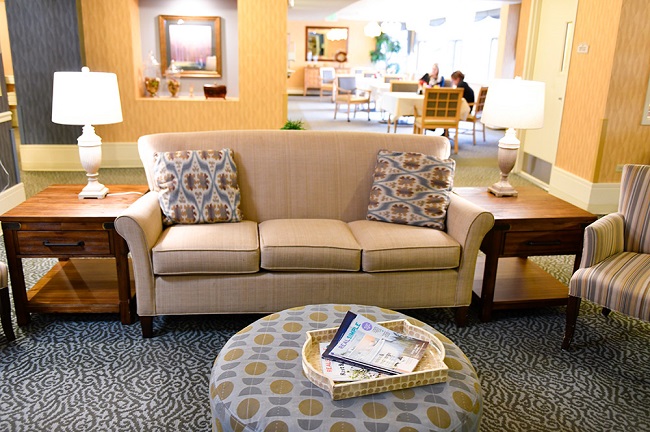
If your parent or loved one needs help with things like bathing, dressing, preparing meals, managing their medications, or just getting around, an assisted living facility is a good option to consider.
Assisted living facilities are residential communities that offer different levels of health or personal care services for seniors who want or need help with daily living.
There are nearly 29,000 assisted living communities (also called board and care, supportive-care or residential-care facilities) in the U.S. today, some of which are part of a retirement community or nursing home. Most facilities have anywhere between 10 and 100 suites, varying in size from a single room to a full apartment. And some even offer special memory care units for residents with dementia.
To help you choose a good assisted living facility for your parent or loved one, here are some steps to follow.
Make a List
There are several sources you can turn to for referrals to top assisted living communities in your area including your parent’s doctor or nearby hospital discharge planner; friends or neighbors who’ve had a loved one in assisted living; or you can do an online search at Caring.com.
Do Some Research
To research the communities on your list, put a call into your long-term care ombudsman. This is a government official who investigates long-term care facility complaints and advocates for residents and their families. This person can help you find the latest health inspection reports on specific assisted living facilities and can tell you which ones have had complaints or other problems in the past. To find your local ombudsman visit LTCombudsman.org.
Call the Facilities
Once you’ve identified a few good assisted living facilities, call them to see if they have any vacancies, what they charge and if they provide the types of services your parent or loved one needs.
Tour Your Top Choices
During your visit, notice the cleanliness and smell of the facility. Is it homey and inviting? Does the staff seem responsive and kind to its residents? Also be sure to taste the food, and talk to the residents and their family members, if available. It’s also a good idea to visit several times at different times of the day and different days of the week to get a broader perspective.
On your facility visit, get a copy of the admissions contract and the residence rules that outline the fees (and any extra charges), services and residents’ rights, and explanations for when a resident might be asked to leave because their condition has worsened, and they require more care than the facility can provide.
Also, find out their staff turnover rate, COVID infection-control procedures and if and when medical professionals are on site. To help you rate your visit, Caring.com offers a checklist of questions that you can download and print.
How to Pay
Monthly costs for assisted living ranges anywhere from $2,500 to $6,000 or more, depending on where you live, the facility you choose, and the services provided. Since Medicare does not cover assisted living, most residents pay out-of-pocket from their own personal funds, and some have long-term care insurance policies.
If your parent has limited financial resources and can’t afford this, most states now have Medicaid waiver programs that help pay for assisted living. Or, if they are a veteran, they may be able to get funds through the VA’s Aid and Attendance benefit. To find out about these programs, ask the assisted living facility director, or contact their local Medicaid office (Medicaid.gov) or the regional VA benefit office (800–827–1000).
Jim Miller publishes the Savvy Senior, a nationally syndicated column that offers advice for Boomers and Seniors.
Related Articles & Free Vermont Maturity Magazine Subscription

10 Tips to Optimize your Senior Living Search
How to Choose a Long-Term Care Facility






Comment here